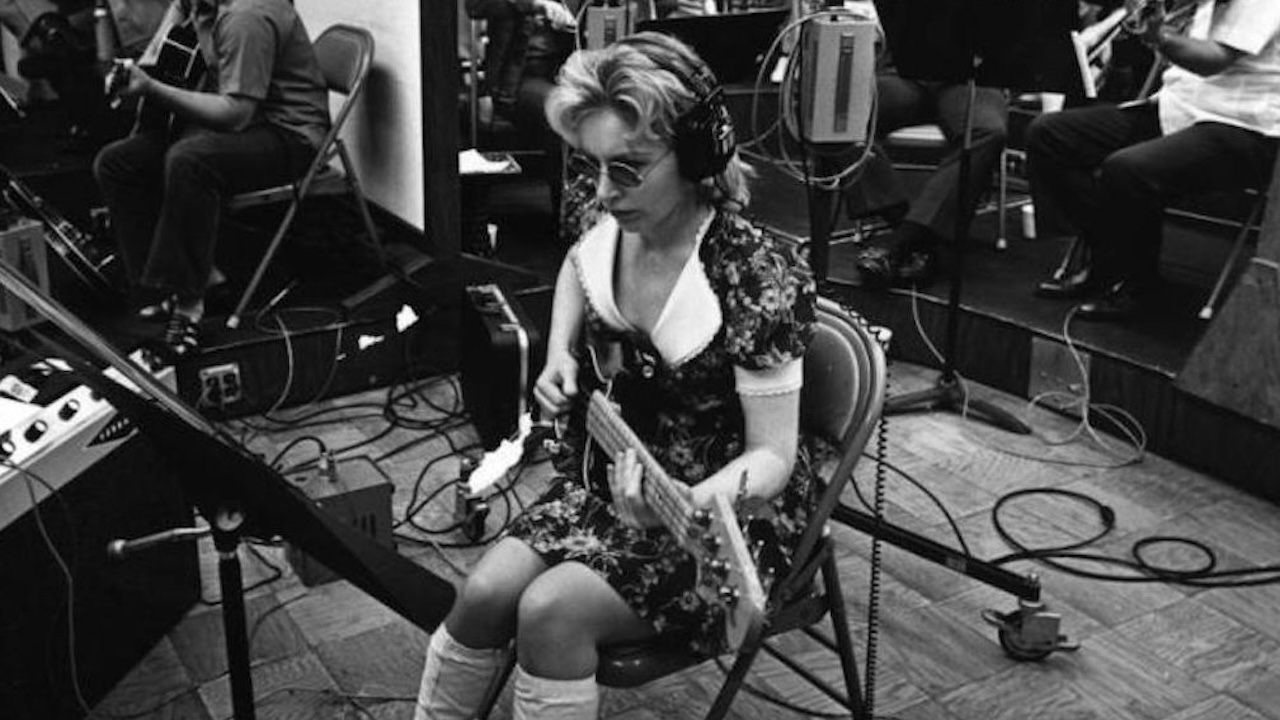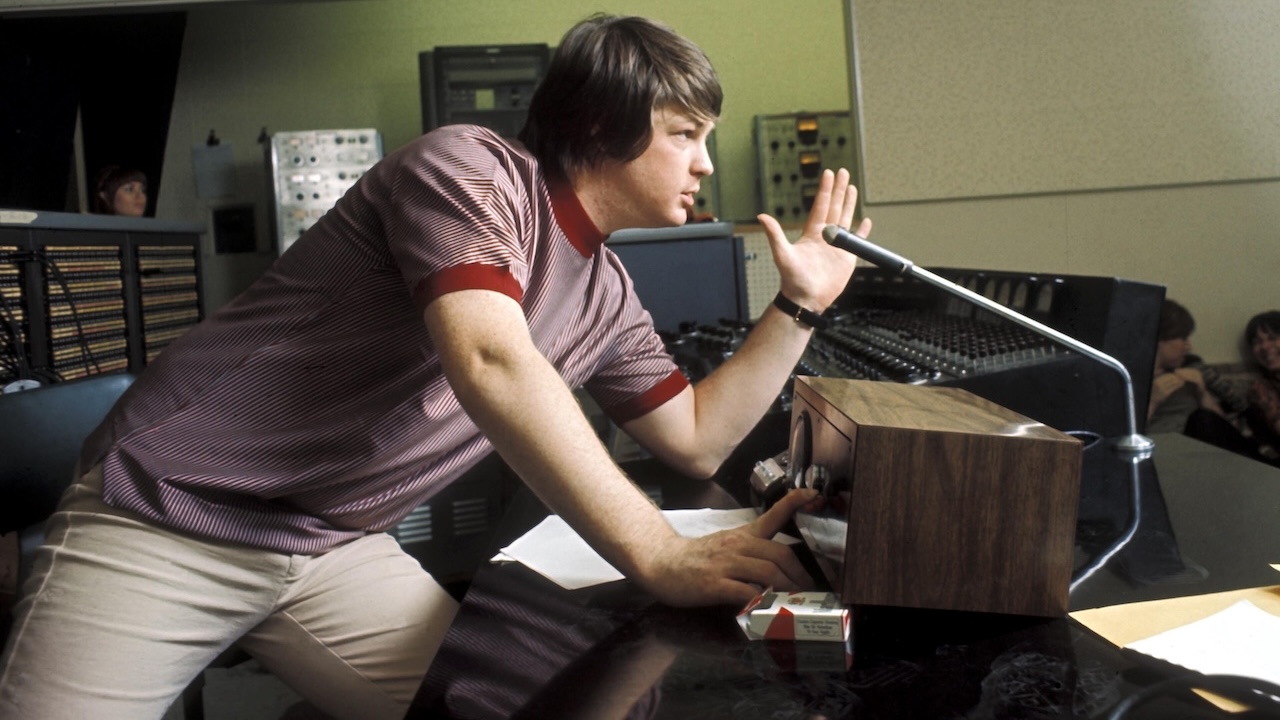
A trick question: what female musician played a seminal role in the music of a '60s songwriting genius? No, not Dionne Warwick with Burt Bacharach – it's Carol Kaye, the first lady of the electric bass, with Brian Wilson.
Alongside historic sessions for Help Me Rhonda, California Girls, Good Vibrations, and the albums Pet Sounds and Smile, Kaye also compiled countless movie and TV score credits; she also recorded with the likes of Joe Cocker, Frank Zappa, Quincy Jones, Ray Charles, Sonny & Cher, Frank & Nancy Sinatra, and was a member of producer Phil Spector's famed studio team, the Wrecking Crew.
But it was Kaye's wave of work with Brian Wilson that firmly shored up her place in bass history. “My job was to add feel and groove to Brian’s written parts,” Kaye told Bass Player. “I always tried to keep it cooking for him.”
A prime example can be heard on Pet Sounds, specifically the jazz-feel undercurrent of the opener, Wouldn't It Be Nice.
Like the rest of Pet Sounds, Wouldn't It Be Nice – which peaked at No, 8 in July 1966 – was recorded at Western Studio No. 3. Kaye played her P-Bass through her Fender Super Reverb 4x10 combo.
As with most Beach Boys dates, Wilson handed out his charts and played the song at the piano to give the musicians an idea of how it went. They then cut the track – with no scratch vocals – in numerous takes over the three-hour session (a span in which most of the era's producers would cut three to five songs).
The song begins with four bars of a Dmaj7 arpeggiated figure that reappears in the bridge, before the rhythm section enter in the key of F for the first verse.
Kaye makes Wilson’s walking bassline swing hard, likely adding the upbeat D's in bars 8 and 12. “It reminded me of a part I played on a Phil Spector track, though I can't say whether Brian had heard it. He liked walking basslines, though.”
Kaye picked the part using all downstrokes, except for the aforementioned upbeats. “I pick the way you tap your foot – downstrokes on the downbeats, upstrokes on the upbeats – and I use my wrist as a pivot.”
At bar 13 (00:26), Wilson's trademark use of non-root tones – in this case the pedal-point 5th – can be heard. “Brian wrote the chord symbols above his notation very simply, so a G7 #5 b9 would be written as only G7; in this case he just put Dm and notated the A on the staff below.”
After the second verse and the two-bar breakdown, the bridge begins with a modulation to the unrelated key of D major – a common Wilson device also heard in such songs as Don't Worry Baby and Warmth of the Sun.

On the bottom-end, Kaye cuts loose with what she calls Brian's “romping line.” The syncopated part supports Wilson's contention that Kaye's playing taught him how to create a stronger beat that made his music “easier to tap your foot to.”
The background answering vocal part creates the smooth transition from the F#m7 to the C7 that leads back to the key of F for the third verse.
Five bars into the third verse, at bar 51, the entire band ritards in perfect unison, thanks to Wilson, who conducted from the control booth. This sets up Kaye's dramatic arpeggio lines between the vocal melodies, which you can hear at 01:47 and 01:54.
“Like me, Brian would stay away from scalar lines, because good basslines don't come from scales – they come from chord tones.”
Conducting again from the booth, Wilson gets the ensemble back to the original tempo at 02:02, with Kaye and drummer Hal Blaine swinging into the fade.







